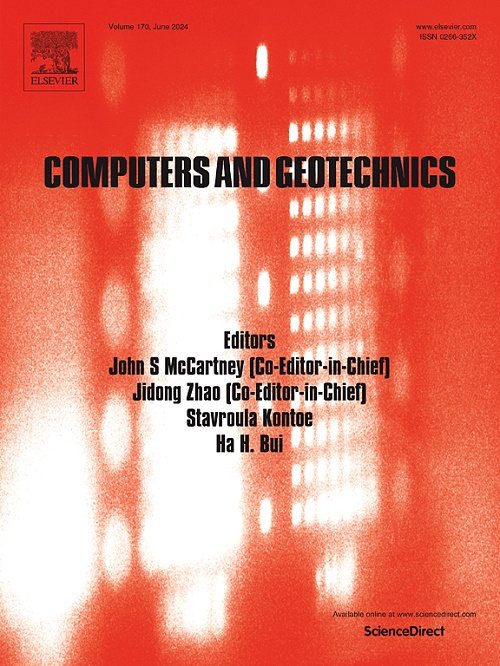Evaluation of compression index of red mud by machine learning interpretability methods
IF 5.3
1区 工程技术
Q1 COMPUTER SCIENCE, INTERDISCIPLINARY APPLICATIONS
引用次数: 0
Abstract
The annual increase in red mud emissions necessitates the expansion of bauxite residue disposal areas (BRDAs), while the escalating land value has led to proposals for development on closed BRDAs. Therefore, understanding the compressive properties of red mud is critical for the safe management and construction of BRDAs. The process of deriving compression index (Cc) through consolidation tests to assess compression characteristics is both time-intensive and vulnerable to the quality of the sampling methods employed. Consequently, it is essential to develop predictive models for compression indices that utilize more easily measurable physical parameters. This study proposes the use of machine learning(ML) models to predict the Cc of red mud. Several machine learning models were studied, including Linear Regression (LR), Ridge Regression (RR), Support Vector Machines (SVR), Random Forest(RF), Extremely Randomized Trees (Extra Trees), K-Nearest Neighbors (KNN), Category Boosting (CatBoost), and LightGBM (Light Gradient Boosting Machine). The grid search algorithm was used to obtain the optimal parameters for each ML model, and k-fold cross-validation was employed to enhance the model’s generalization performance. Ultimately, the KNN model achieved the best performance. The SHAP method was used to describe the specific influence patterns, and to provide a quantitative contribution of each feature to the Cc of red mud. The research indicated that the IL and wn exerted the most substantial influence on the Cc, yielding a positive effect.
求助全文
约1分钟内获得全文
求助全文
来源期刊

Computers and Geotechnics
地学-地球科学综合
CiteScore
9.10
自引率
15.10%
发文量
438
审稿时长
45 days
期刊介绍:
The use of computers is firmly established in geotechnical engineering and continues to grow rapidly in both engineering practice and academe. The development of advanced numerical techniques and constitutive modeling, in conjunction with rapid developments in computer hardware, enables problems to be tackled that were unthinkable even a few years ago. Computers and Geotechnics provides an up-to-date reference for engineers and researchers engaged in computer aided analysis and research in geotechnical engineering. The journal is intended for an expeditious dissemination of advanced computer applications across a broad range of geotechnical topics. Contributions on advances in numerical algorithms, computer implementation of new constitutive models and probabilistic methods are especially encouraged.
 求助内容:
求助内容: 应助结果提醒方式:
应助结果提醒方式:


